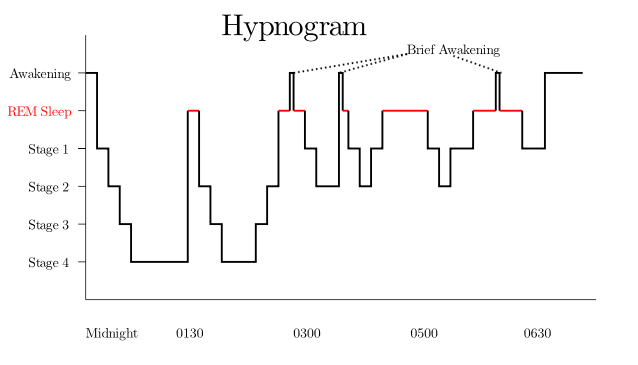Sleep
Your Brain Does Not Like Sleeping in a New Place
Half of your brain remains alert when sleeping in a new environment.
Posted May 2, 2016

We've all been there: We fly somewhere to give a talk, attend a sales convention, visit friends, or meet with prospective employers. And we spend the night tossing and turning. Sleep researchers refer to this as the First Night Effect.
It turns out there is a scientific reason for these sleep troubles, one that reaches back into our evolutionary history.
Only half of your brain enters deep sleep when you try to sleep in an unfamiliar place. The other half "keeps watch" to protect you, remaining responsive and vigilant to possible threats. The good news is that this protective mechanism only seems to occur on the first night we bed down in a strange place. By the second night, both sides enter deep sleep.
The discovery was made by sleep researchers at Brown University in a series of three experiments published in Current Biology.
When we sleep, our brain activity goes through a series of stages, and the amount of time we spend in each stage varies throughout the night. You can see that in the diagram below.

The deepest, more physically restorative type of sleep is called slow wave sleep (Stages 3 and 4) because EEG (brain wave) recordings show very slow, synchronized waves during this sleep stage. Tissue repair takes place during this stage as proteins are synthesized and growth hormone is secreted to repair muscles. The brain's glucose levels are also restored to fuel its activity. Slow wave sleep also is necessary for memory consolidation. We spend more time in slow wave sleep early in the sleep cycle, shifting into increasingly lighter stages of sleep and into rapid eye movement (dream) sleep the longer we've been asleep.
The researchers recorded the brain wave patterns of students over a period of two days. They found that slow wave activity was significantly reduced in the brain's left hemisphere on the first night the students slept in the sleep lab. By the second night, the left brain matched the activity level of the right showing that the brain adapted after it became familiar with the new sleep setting.
In a second experiment, a new group of students were told faint beep sounds might be presented through earphones while they were sleeping, but they were to ignore them. Most of the beeps were the same tone, but some were "oddballs", beeps of a slightly different pitch. Normally, both hemispheres of the brain of a sleeping person would respond to the oddball beeps by showing a shift in brain wave activity. But the left hemispheres of the sleeping students responded more strongly to the oddball beep, showing that it was more vigilant in detecting odd noises than the right hemisphere. This disparity between the two hemispheres disappeared by the second night.
In a third experiment, this same "oddball" procedure was used, but a new group of students were asked to tap their fingers at least three times using their index finger and thumb if they heard any sounds. The results showed that students woke up faster when the oddball beep was played into the right ear (which is connected to the left side of the brain), but again, only on the first night.
The researchers concluded that when sleeping in an unfamiliar place, the left hemisphere of the brain stays alert while the right hemisphere rests. They also point out that some birds and marine mammals always sleep this way—one hemisphere asleep while the other is active--to compensate for risks that they are vulnerable to when asleep.
Copyright Dr. Denise Cummins May 2, 2016
Dr. Cummins is a research psychologist, an elected Fellow of the Association for Psychological Science, and the author of Good Thinking: Seven Powerful Ideas That Influence the Way We Think.
More information about me can be found on my homepage.
My books can be found here.
Follow me on Twitter.
And on Google+.
And on LinkedIn.




